Home>Garden Essentials>What Is A Good Soil Mix For Herbs
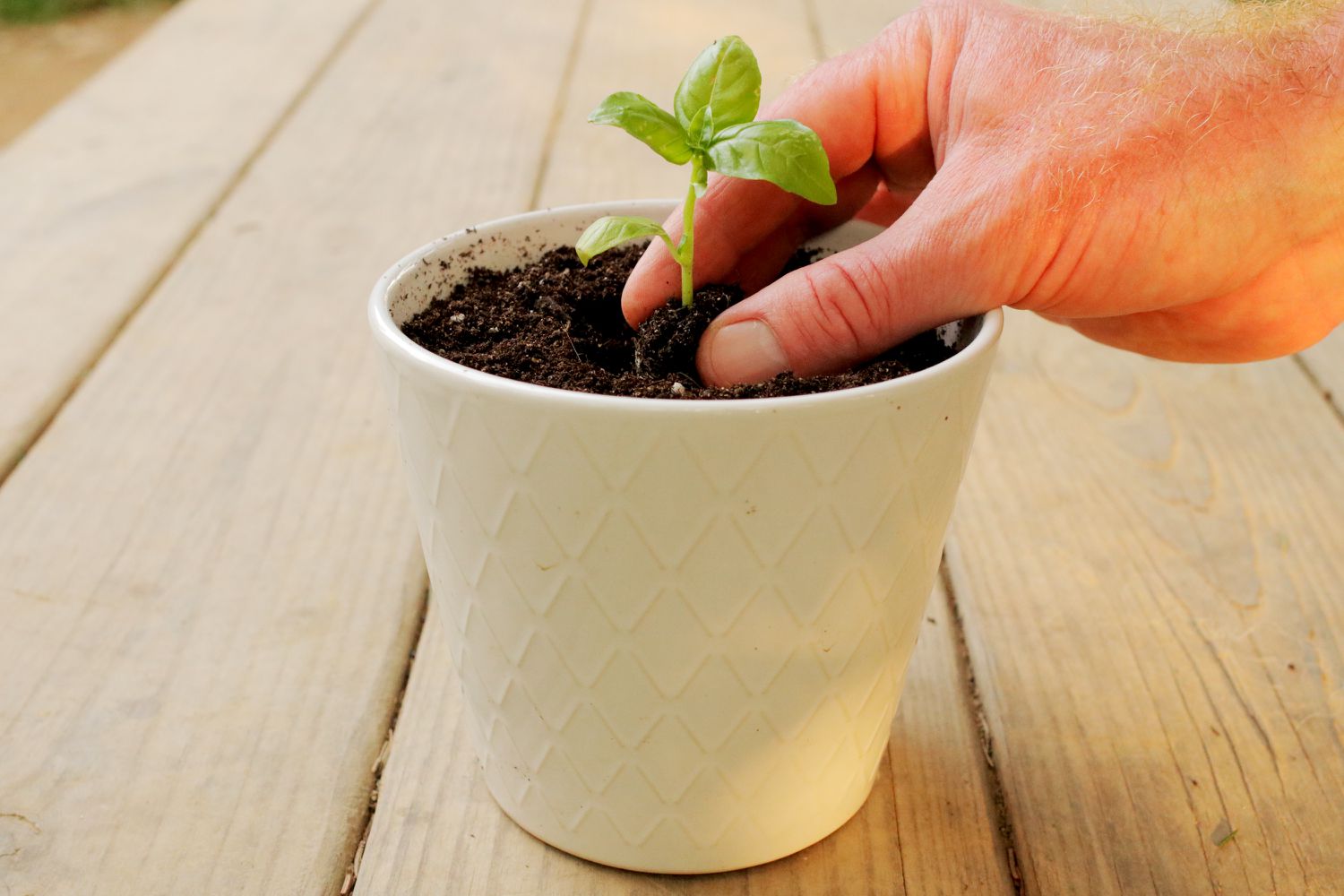

Garden Essentials
What Is A Good Soil Mix For Herbs
Modified: March 16, 2024
Discover the perfect garden soil mix for growing herbs and enjoy a thriving herb garden with our expert tips and advice.
(Many of the links in this article redirect to a specific reviewed product. Your purchase of these products through affiliate links helps to generate commission for Storables.com, at no extra cost. Learn more)
Introduction
Welcome to the wonderful world of herb gardening! Whether you are a seasoned gardener or a novice, one thing is certain – having a good soil mix is crucial for the successful growth of your herbs. The right soil mix provides the essential nutrients, proper drainage, and ideal pH levels that herbs need to thrive.
Herbs are known for their aromatic foliage, flavorful leaves, and medicinal properties. They can be grown in pots, raised beds, or directly in the ground, but regardless of the method, the soil they are planted in plays a vital role in their overall health and productivity.
In this article, we will explore the importance of a good soil mix for herbs and provide you with valuable insights on how to create the perfect growing medium for your herb garden. From choosing the right base soil to incorporating organic matter and balancing pH levels, we will cover everything you need to know to give your herbs the best environment to flourish.
So let’s dig in and discover the secrets to a successful herb garden!
Key Takeaways:
- A good soil mix for herbs is crucial for their health and productivity. It provides essential nutrients, promotes root health, and enhances flavor and aroma.
- Components of a good soil mix include base soil, organic matter, drainage materials, pH balancer, and nutrient supplements. Balancing pH levels and preventing soil-borne diseases are essential for herb growth.
Read more: What Is A Good Soil Mix
Importance of a Good Soil Mix for Herbs
When it comes to herb gardening, a good soil mix is the foundation for healthy plants and bountiful harvests. Here’s why it is so important:
- Nutrient Availability: Herbs require a wide range of nutrients to grow and develop properly. A good soil mix ensures that these nutrients are readily available for the herbs to absorb. It provides a balanced source of essential elements such as nitrogen, phosphorus, and potassium, as well as trace minerals like iron, magnesium, and zinc.
- Root Health: A well-drained soil mix allows the herb roots to breathe and prevents them from becoming waterlogged. This helps in the development of a strong and healthy root system, which is essential for the absorption of water and nutrients.
- Optimal Growth and Flavor: The right balance of nutrients, moisture, and oxygen in the soil mix promotes vigorous growth and enhances the flavor and aroma of the herbs. It leads to larger leaves, stronger stems, and a higher concentration of essential oils, which are responsible for their unique taste and fragrance.
- Disease Prevention: A healthy soil mix can help prevent the onset of soil-borne diseases. It creates an environment that is unfavorable for pathogens and reduces the risk of infections such as root rot, damping-off, and fungal diseases.
- Sustainable Gardening: Using a good soil mix is not only beneficial for the immediate health and productivity of your herbs but also for the long-term sustainability of your garden. It improves the overall soil structure, enhances water retention, and promotes beneficial microbial activity, which in turn supports the growth of other plants in your garden ecosystem.
By understanding the significance of a good soil mix for herbs, you can lay the groundwork for a thriving herb garden. In the next sections, we will delve into the essential components of a good soil mix and provide you with practical tips on how to create the ideal growing medium for your herb plants.
Components of a Good Soil Mix for Herbs
A good soil mix for herbs should be well-balanced, providing the necessary nutrients, proper drainage, and optimal pH levels. Here are the key components that make up a successful soil mix:
- Base Soil: The base soil forms the bulk of your soil mix and provides a foundation for plant growth. It should be a well-draining soil that retains moisture without becoming waterlogged. Options for base soil include loam, sandy loam, or a mixture of topsoil and compost.
- Organic Matter: Adding organic matter to the soil mix is essential for improving its overall fertility and moisture retention. Incorporating well-rotted compost, aged manure, or leaf mold will help enrich the soil and provide a steady release of nutrients for your herbs.
- Drainage Materials: To ensure proper drainage and prevent waterlogging, it is important to incorporate drainage materials into your soil mix. Vermiculite, perlite, or coarse sand are excellent options that help create air pockets within the soil, allowing excess water to drain away from the herb roots.
- pH Balancer: Different herbs have varying pH requirements. Most herbs prefer a slightly acidic to neutral pH range of 6.0 to 7.0. Adding agricultural lime or sulfur to adjust the pH level of your soil mix will create an environment that is optimal for herb growth.
- Nutrient Supplements: While organic matter provides a good baseline of nutrients, herbs can benefit from additional sources of specific nutrients. Incorporating slow-release organic fertilizers, such as composted poultry manure or fish meal, can help ensure a steady supply of essential nutrients throughout the growing season.
Each of these components plays a crucial role in creating a well-balanced soil mix that meets the specific requirements of your herb plants. When combined in the right proportions, they provide the foundation for healthy herb growth, vigorous foliage, and abundant harvests.
Now that you understand the important components of a good soil mix, let’s explore how to choose the right base soil and incorporate organic matter to create a fertile growing medium for your herbs.
Choosing the Right Base Soil
Choosing the right base soil is the first step in creating a good soil mix for your herb garden. The base soil provides the foundation for plant growth and determines the texture, drainage, and nutrient-holding capacity of your soil mix. Here are the factors to consider when selecting the right base soil:
- Texture: The texture of your base soil is important for both drainage and moisture retention. Herbs generally prefer a well-draining soil, so it’s best to avoid heavy clay soils that have poor drainage. Instead, opt for loam or sandy loam soils, which have a balanced mixture of sand, silt, and clay.
- Drainage: Good drainage is crucial to prevent waterlogging and root rot. If you have heavy clay soil, consider amending it with compost and organic matter to improve its drainage capabilities. Alternatively, if you have sandy soil that drains too quickly, adding organic matter will help increase its water-retaining capacity.
- Fertility: The base soil should have a reasonable level of fertility to support herb growth. If you have poor-quality soil, consider mixing it with compost or well-rotted manure to boost its nutrient content. You may also opt to purchase a high-quality potting mix or garden soil from a trusted supplier.
- pH Level: The pH level of the base soil is important as it affects nutrient availability to the herbs. Most herbs prefer a slightly acidic to neutral pH range of 6.0 to 7.0. Before planting, test the pH of your soil and make any necessary adjustments by adding agricultural lime to raise the pH or sulfur to lower it.
Remember, the base soil sets the stage for your herb garden, so investing in good-quality soil is essential. If your garden soil is not suitable, consider using a combination of topsoil with compost or purchasing a premade potting mix specifically formulated for container gardening or herb cultivation.
By choosing the right base soil, you provide a solid foundation for your herb plants to grow strong, healthy, and productive. In the next section, we will explore the importance of incorporating organic matter into your soil mix for optimal herb growth.
Adding Organic Matter
Incorporating organic matter into your soil mix is essential for creating a fertile growing medium for your herbs. Organic matter serves several important functions, including improving soil structure, enhancing moisture retention, and providing a slow release of nutrients. Here’s how you can add organic matter to your soil mix:
- Compost: Compost is a rich source of organic matter that provides a wide range of nutrients and improves soil structure. It helps to loosen compacted soil, allowing better root penetration and reducing the risk of waterlogging. Mix well-rotted compost into your base soil at a rate of one part compost to three parts soil.
- Aged Manure: Aged manure, such as cow or horse manure, is an excellent source of organic matter and nutrients. Make sure the manure has been composted for at least six months to eliminate any risk of pathogens. Mix aged manure into your soil mix at a rate of one part manure to four parts soil.
- Leaf Mold: Leaf mold is created by decomposing leaves over time and is a valuable addition to the soil mix. It improves soil structure, enhances moisture retention, and provides essential organic matter. Mix leaf mold into your soil mix at a rate of one part leaf mold to four parts soil.
- Green Manure: Another option is to plant cover crops like legumes or clover and then incorporate them into the soil when they reach the flowering stage. Green manure adds organic matter and fixes nitrogen in the soil, benefiting your herbs.
When incorporating organic matter into your soil mix, ensure that it is well-rotted to avoid the risk of nutrient imbalances or the introduction of harmful pathogens. Remember to mix it thoroughly with your base soil to ensure even distribution of nutrients and organic matter.
The addition of organic matter to your soil mix improves its nutrient-holding capacity, enhances moisture retention, and encourages beneficial microbial activity. This helps create a healthy and fertile environment for your herb plants to thrive.
In the next section, we will discuss the importance of incorporating drainage materials into your soil mix to ensure proper water drainage and prevent waterlogged conditions.
Read more: What Is A Good Soil Mix With Miracle Grow
Incorporating Drainage Materials
Proper drainage is essential for the health and vigor of your herb plants as it prevents waterlogged conditions and promotes oxygen flow to the roots. Incorporating drainage materials into your soil mix can help achieve the ideal balance between moisture retention and effective drainage. Here are some drainage materials to consider:
- Vermiculite: Vermiculite is a lightweight mineral material that improves soil aeration and water retention. It has excellent moisture-holding properties, allowing the roots to access water as needed while also promoting drainage. Mix vermiculite into your soil mix at a rate of 10-20% by volume.
- Perlite: Perlite is a volcanic glass material that is lightweight and porous. It improves soil drainage by creating air pockets and preventing compaction. Perlite also aids in moisture retention and root aeration. Mix perlite into your soil mix at a rate of 10-20% by volume.
- Coarse Sand: Coarse sand helps prevent soil compaction and enhances drainage. It is particularly useful for heavy clay soils that tend to hold too much water. Mix coarse sand into your soil mix at a rate of 15-25% by volume, depending on the existing soil texture.
- Gravel or Lava Rocks: Adding a layer of gravel or lava rocks at the bottom of your containers or raised beds can further aid in drainage by creating a space for excess water to collect and drain away from the roots.
When incorporating drainage materials into your soil mix, be cautious not to overdo it, as excessive drainage can lead to the rapid loss of moisture. Aim for a balance that allows water to drain efficiently while still retaining enough moisture for the herbs’ needs.
By incorporating these drainage materials into your soil mix, you create a well-aerated and well-draining environment for your herb plants. This helps prevent waterlogged conditions and ensures that the roots have access to both water and oxygen, promoting healthy growth and reducing the risk of root rot.
In the next section, we will discuss the importance of balancing pH levels in your soil mix and how to determine and adjust the pH accordingly.
A good soil mix for herbs should be well-draining and nutrient-rich. A simple mix can include equal parts of potting soil, perlite, and compost. This will provide the right balance of moisture retention and aeration for healthy herb growth.
Balancing pH Levels
The pH level of your soil mix directly affects the availability of nutrients to your herb plants. Most herbs prefer a slightly acidic to neutral pH range of 6.0 to 7.0. Balancing the pH of your soil mix ensures that the herbs can efficiently absorb the essential nutrients they need for healthy growth. Here’s how to determine and adjust the pH levels:
- Soil Testing: The first step is to test the pH of your soil to determine its current acidity or alkalinity. You can purchase a home soil testing kit or send a soil sample to a professional lab for analysis. The test results will provide you with valuable information on the pH level of your soil.
- Adjusting pH: Based on the pH test results, you can make the necessary adjustments to bring the pH level of your soil mix into the desired range for herbs. Here are some common methods of pH adjustment:
- Raising pH: If your soil is too acidic (pH below 6.0), you can raise the pH by adding agricultural lime or dolomite lime. Follow the manufacturer’s instructions for application rates based on your soil type and the desired pH level.
- Lowering pH: If your soil is too alkaline (pH above 7.0), you can lower the pH by adding elemental sulfur or organic materials such as composted pine needles or coffee grounds. Again, follow the recommended application rates to achieve the desired pH level.
- Maintaining pH Balance: pH levels can fluctuate over time due to factors such as rainfall, irrigation water quality, and the breakdown of organic matter. It’s important to monitor the pH of your soil regularly and make adjustments as needed to maintain the optimal pH range for your herbs.
By balancing the pH levels of your soil mix, you ensure that the herbs can efficiently absorb the nutrients they need for growth. This leads to healthier plants with improved vigor and productivity.
In the next section, we will explore the importance of including essential nutrients in your soil mix to support the nutritional needs of your herb plants.
Including Essential Nutrients
Providing essential nutrients to your herb plants is crucial for their overall health and productivity. While the base soil and organic matter contribute some nutrients, it is important to ensure that your soil mix contains a balanced supply of essential elements. Here’s how you can include essential nutrients in your soil mix:
- Slow-Release Organic Fertilizers: Incorporate slow-release organic fertilizers into your soil mix to provide a steady supply of nutrients over time. Examples include composted poultry manure, fish meal, or bone meal. Follow the recommended application rates for the specific fertilizer you are using.
- Organic Liquid Fertilizers: Supplementing your soil mix with organic liquid fertilizers can provide an immediate boost of essential nutrients to your herb plants. Options include seaweed extract, compost tea, or fish emulsion. Apply liquid fertilizers according to the manufacturer’s instructions.
- Micronutrient Supplements: Herbs have specific requirements for micronutrients such as iron, magnesium, and zinc. You can incorporate these essential micronutrients into your soil mix using organic foliar sprays or by adding micronutrient-rich amendments like greensand or rock dust.
It is important to strike a balance when adding nutrients to your soil mix. Over-fertilizing can lead to nutrient imbalances, nutrient burn, or excessive foliage growth at the expense of flavor and aroma. Always follow recommended application rates and monitor your plants for signs of nutrient deficiencies or excesses.
Remember that herbs are generally not heavy feeders, and an excessive supply of nutrients can have detrimental effects on their growth and flavor. Providing a balanced supply of essential nutrients ensures that your herb plants have the necessary resources to thrive and produce a bountiful harvest.
In the next section, we will discuss the importance of preventing soil-borne diseases and maintaining good soil hygiene in your herb garden.
Prevention of Soil-Borne Diseases
Soil-borne diseases can wreak havoc in your herb garden, leading to wilting, stunted growth, and even death of your plants. Preventing these diseases is key to maintaining the health and productivity of your herbs. Here are some measures you can take to prevent soil-borne diseases:
- Good Soil Hygiene: Start with clean soil and avoid introducing pathogens to your garden. Remove plant debris and weeds regularly to eliminate potential hosts for diseases. Practice crop rotation by avoiding planting herbs from the same family in the same spot year after year, as this helps disrupt the life cycles of pathogens.
- Sterilization: If you are reusing containers, tools, or soil, it is important to sterilize them to kill any pathogens present. You can use a solution of 1 part bleach to 9 parts water to sanitize containers and tools. Heat treatments, such as solarization or baking soil in the oven, can also help eliminate soil-borne pathogens.
- Seed Treatment: Some soil-borne diseases can be introduced through infected seeds. Before planting, treat your herb seeds with a fungicidal seed dressing to reduce the risk of disease transmission. Follow the instructions on the product label for proper application.
- Proper Watering: Overwatering can create favorable conditions for soil-borne diseases. Water your herbs at the base of the plant, avoiding splashing water on the foliage. Use a drip irrigation system or water early in the day so that the leaves have time to dry before evening.
- Resistant Varieties: Choose herb varieties that are known to be resistant or tolerant to specific soil-borne diseases. This can significantly reduce the risk of infection and ensure a healthier herb garden.
By implementing these preventive measures, you can minimize the risk of soil-borne diseases in your herb garden. Regular vigilance and early detection of any signs of disease will allow you to take immediate action and prevent the spread of pathogens to other plants.
In the final section, we will explore the importance of maintaining moisture retention in your soil mix to ensure the proper hydration of your herb plants.
Read more: What Is A Good Soil Mix For Indoor Plants
Maintaining Moisture Retention
Maintaining proper moisture levels in your soil mix is crucial for the health and vitality of your herb plants. Moisture retention helps ensure that the herbs have a consistent water supply for growth and development. Here are some tips for maintaining moisture retention in your soil mix:
- Mulching: Apply a layer of organic mulch, such as straw, wood chips, or shredded leaves, around your herb plants. Mulch acts as a protective barrier, reducing evaporation and helping the soil retain moisture. It also suppresses weed growth, which can compete for water with your herbs.
- Watering Techniques: Water your herbs deeply and thoroughly, ensuring that the water penetrates the root zone. This encourages the development of a robust root system that can access water more efficiently. Use a watering can or a soaker hose to deliver water directly to the base of the plants, minimizing water loss through evaporation.
- Avoid Overwatering: While it is important to maintain proper moisture levels, be cautious not to overwater your herbs. Overwatering can lead to root rot and other water-related issues. Allow the top inch or two of the soil to dry out slightly before watering again. The frequency of watering will depend on factors such as temperature, humidity, and the specific needs of your herb plants.
- Moisture Retentive Amendments: Incorporate moisture-retentive amendments into your soil mix, such as coconut coir or peat moss. These materials can help increase the water holding capacity of the soil, reducing the frequency of watering while providing adequate moisture for your herb plants.
- Monitor Soil Moisture Levels: Regularly check the moisture levels of your soil by sticking your finger or a moisture meter into the soil. This helps you determine when it’s time to water and ensures that your herbs are not experiencing drought stress or waterlogging.
By implementing these techniques, you can maintain optimal moisture levels in your soil mix, providing your herb plants with the right amount of water for healthy growth. Consistent moisture retention promotes root development, improves nutrient uptake, and helps your herbs thrive.
Congratulations! You now have a comprehensive understanding of the components of a good soil mix for herbs. By choosing the right base soil, incorporating organic matter, balancing pH levels, adding essential nutrients, preventing soil-borne diseases, and maintaining moisture retention, you can create an ideal growing medium for your herb garden.
So go ahead, put your newfound knowledge into practice, and enjoy a flourishing and bountiful herb garden!
Conclusion
Congratulations on your journey towards creating a successful herb garden! A good soil mix is the cornerstone of healthy herb growth, and by understanding the importance of each component, you are well-equipped to create an optimal growing environment for your herbs.
Throughout this article, we have explored the significance of a good soil mix for herbs and discussed the essential components that make up such a mix. We emphasized the importance of choosing the right base soil, incorporating organic matter, balancing pH levels, adding essential nutrients, preventing soil-borne diseases, and maintaining moisture retention.
By selecting a well-draining base soil, enriched with organic matter like compost or aged manure, you provide a fertile growing medium that supports nutrient availability and root health. Balancing the pH levels creates an environment where nutrients are readily available to your herb plants. Incorporating drainage materials like vermiculite or perlite ensures proper water drainage, preventing waterlogged conditions and root rot.
Adding essential nutrients through slow-release organic fertilizers and micronutrient supplements ensures your herbs have the necessary resources for healthy growth and productive harvests. Taking preventive measures against soil-borne diseases, such as practicing good soil hygiene and utilizing resistant varieties, safeguards the overall health of your herb garden.
Finally, maintaining moisture retention through mulching, proper watering techniques, and the inclusion of moisture-retentive amendments helps your herbs thrive and reduces water stress.
Remember, gardening is a continuous learning process. Observe your herbs closely, monitor their growth, and make adjustments as needed. Over time, you will develop your own gardening style and better understand the unique requirements of your herb plants.
So, roll up your sleeves, dig into the world of herb gardening, and enjoy the beauty, aroma, and flavors that your carefully tended herb garden will provide. With a good soil mix as the foundation, there’s no limit to what you can achieve!
Frequently Asked Questions about What Is A Good Soil Mix For Herbs
Was this page helpful?
At Storables.com, we guarantee accurate and reliable information. Our content, validated by Expert Board Contributors, is crafted following stringent Editorial Policies. We're committed to providing you with well-researched, expert-backed insights for all your informational needs.
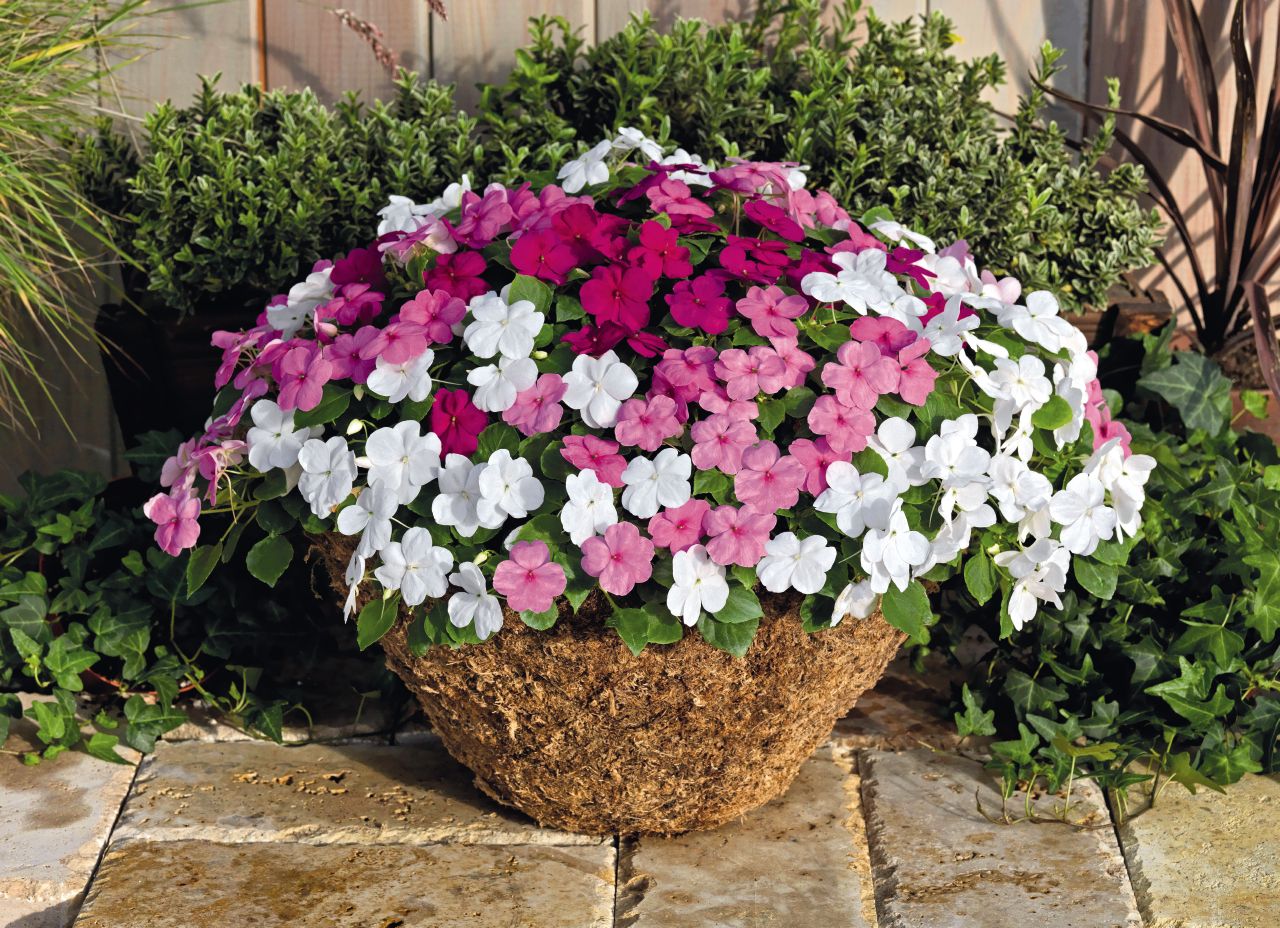
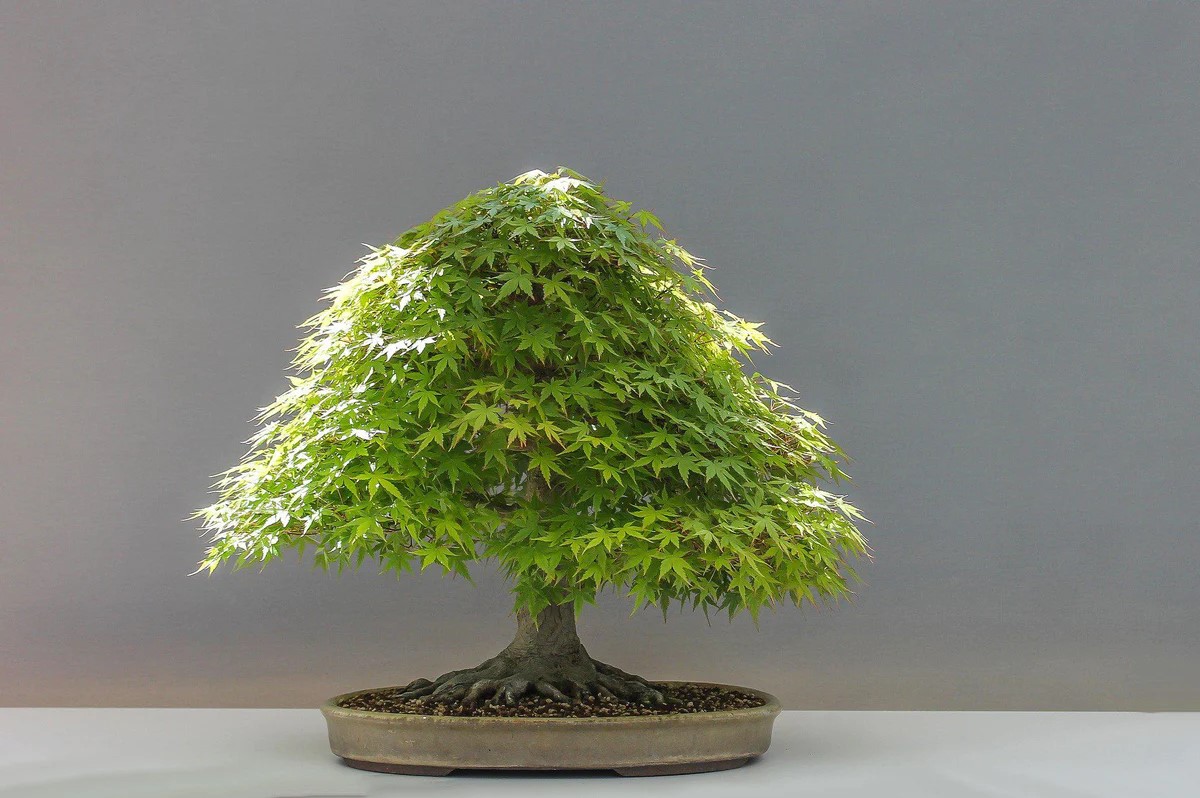
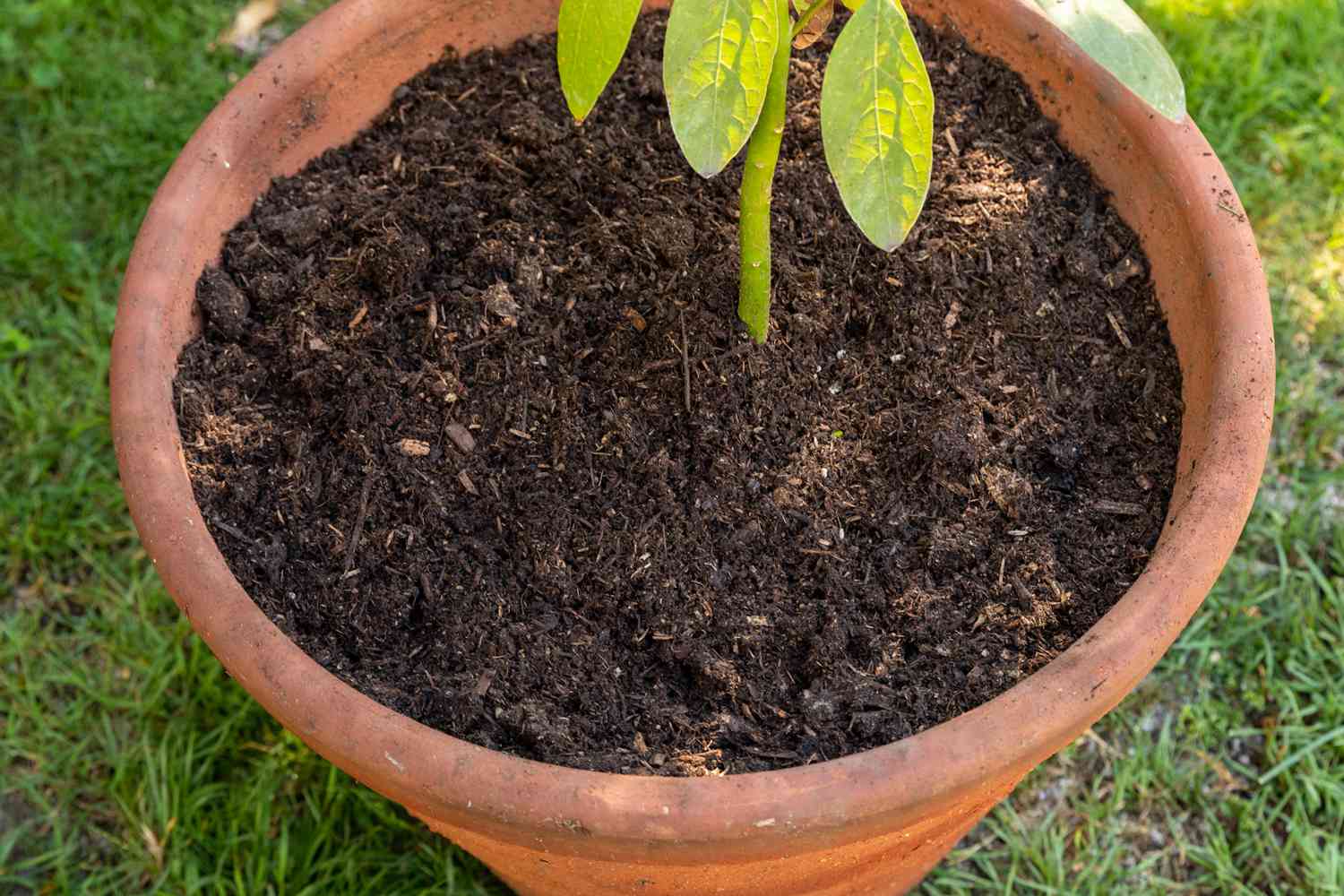
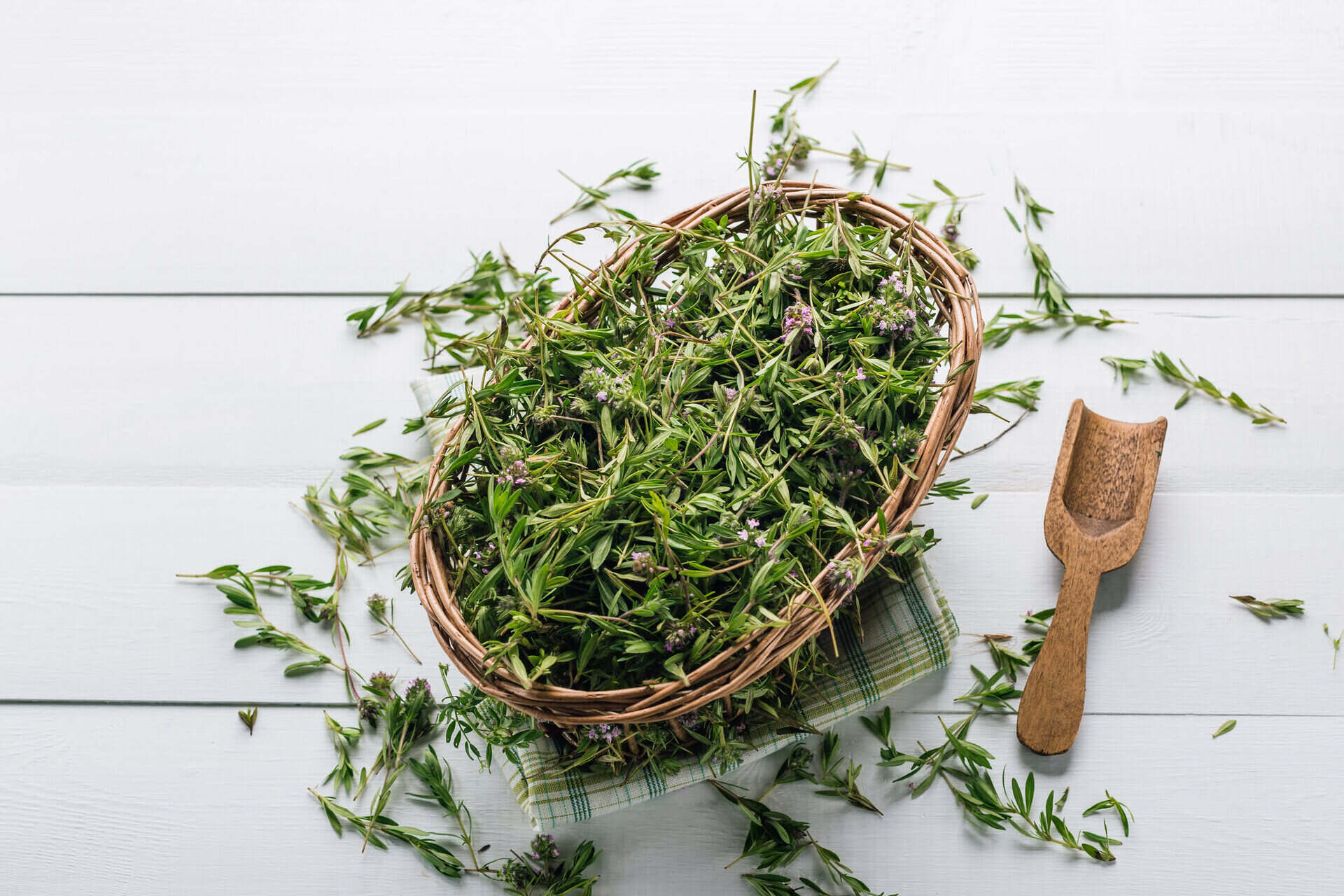
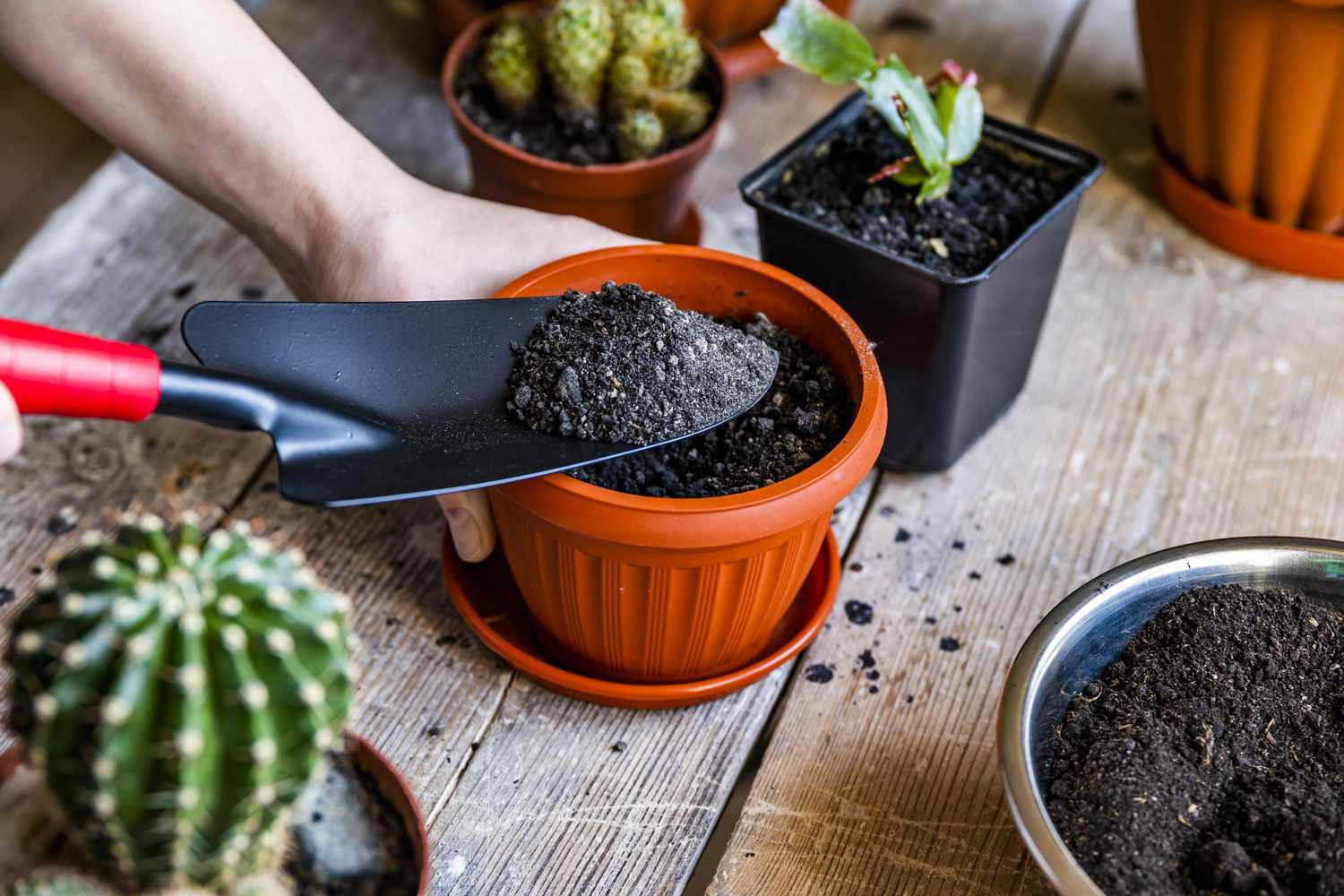
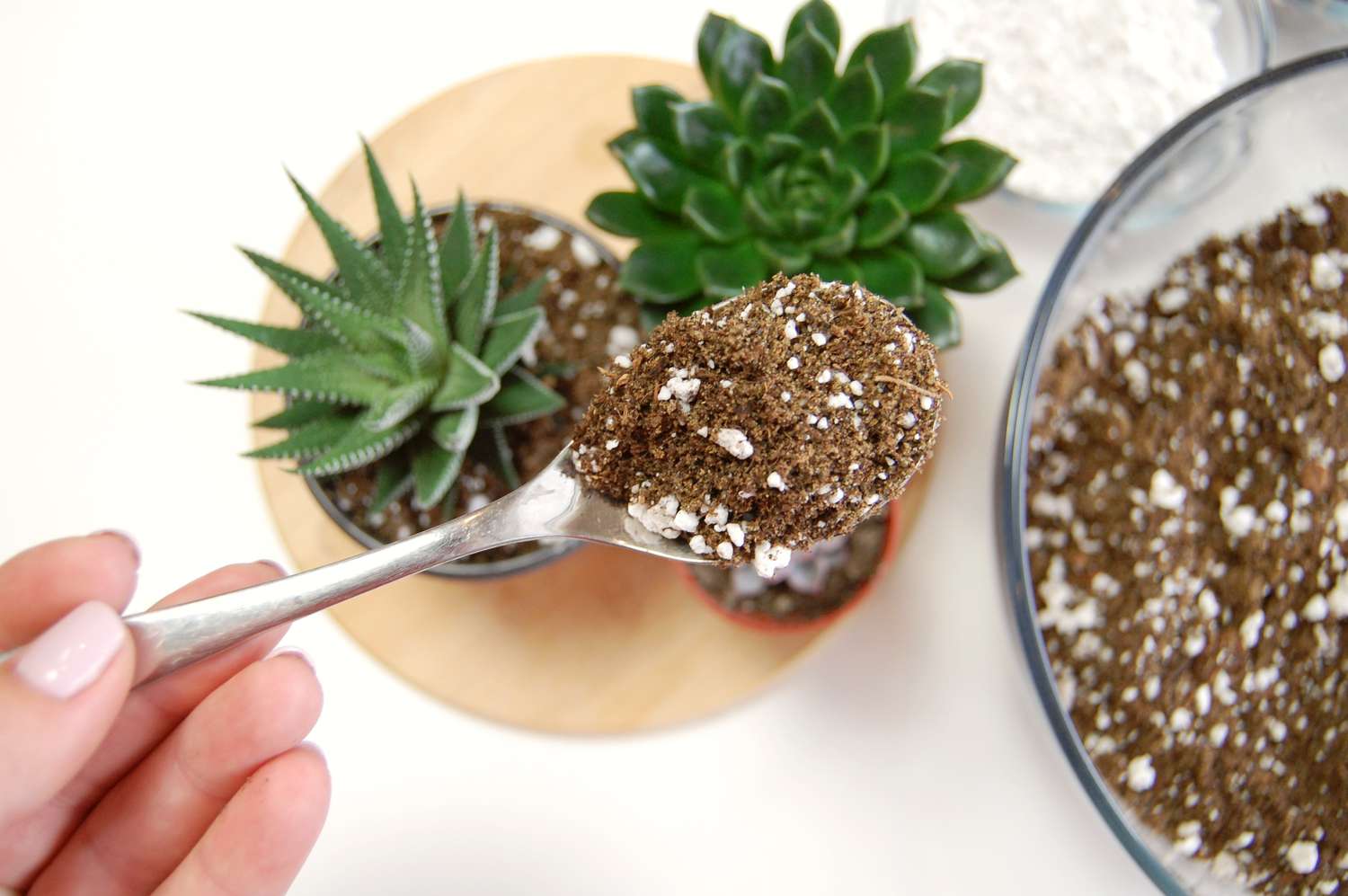
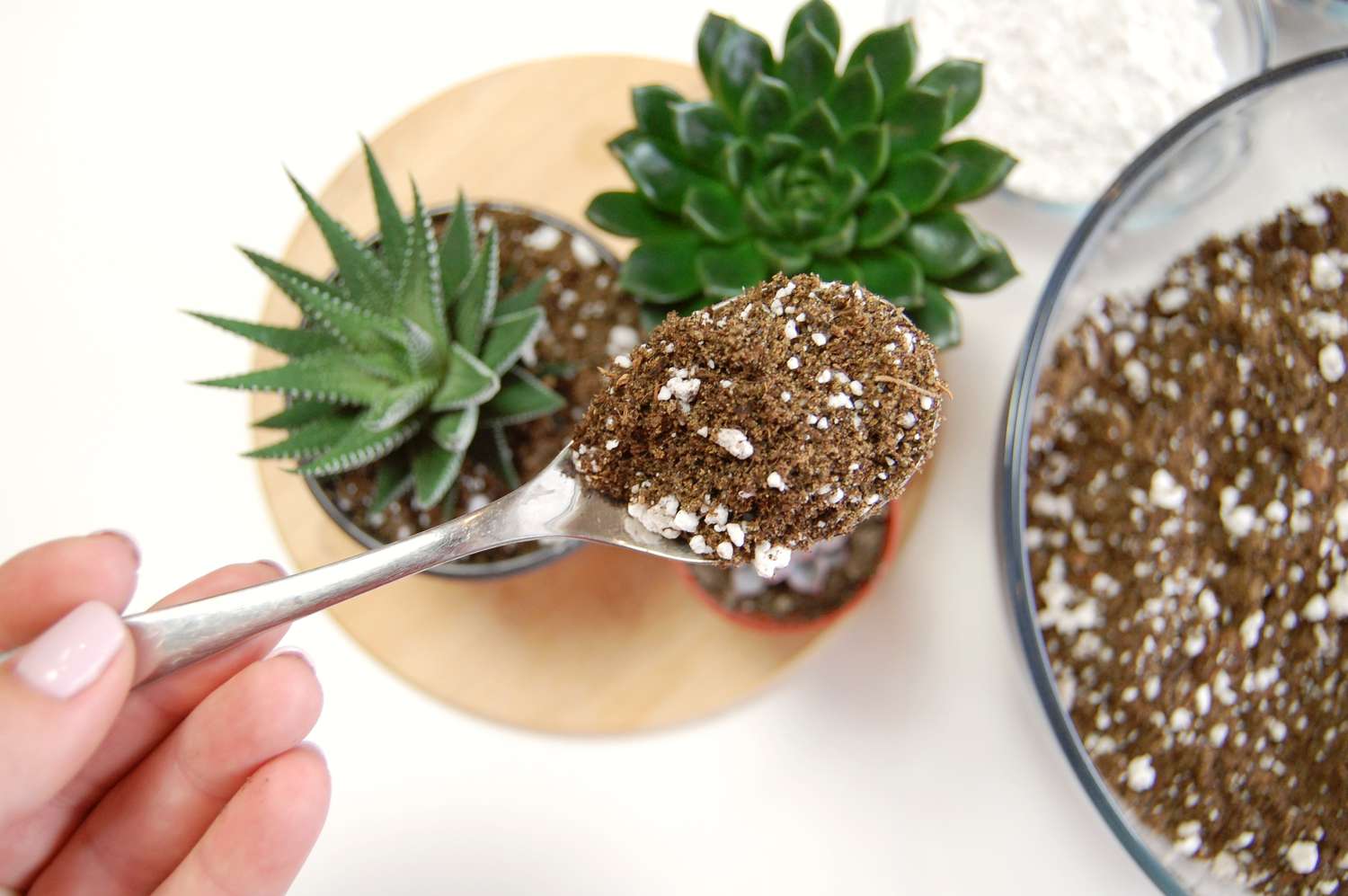
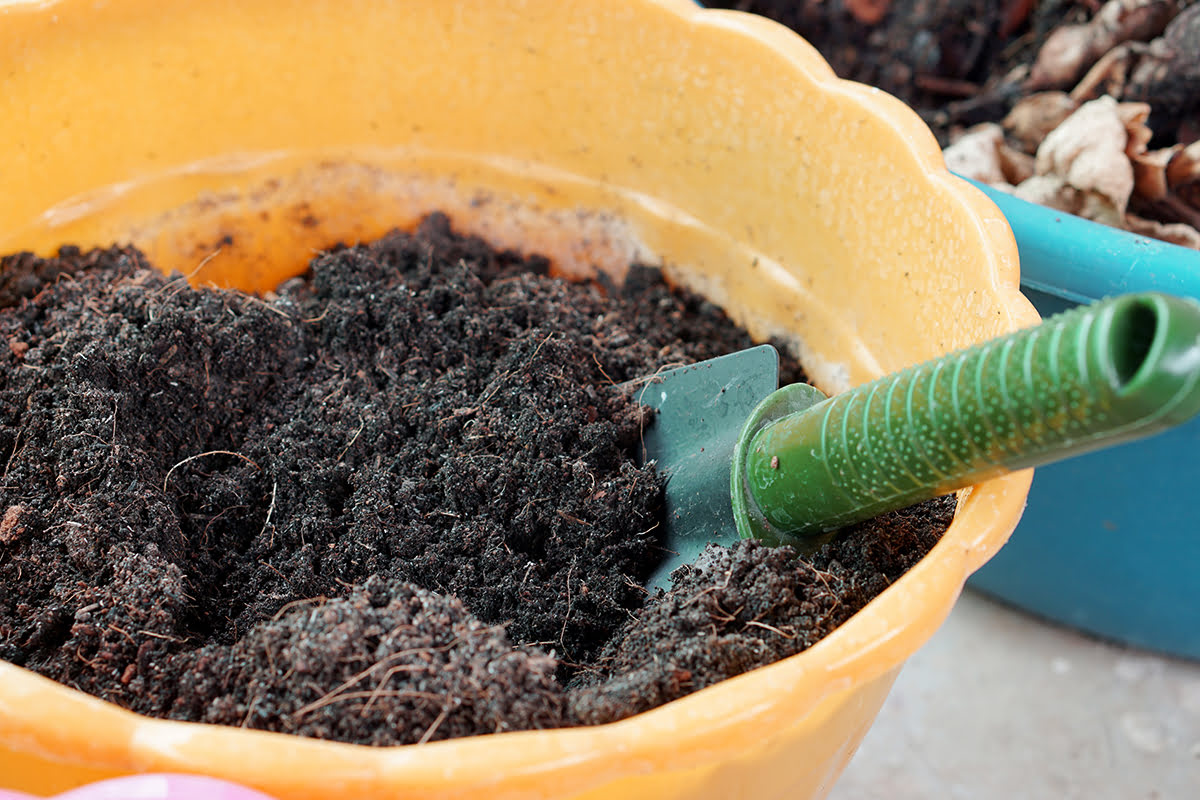
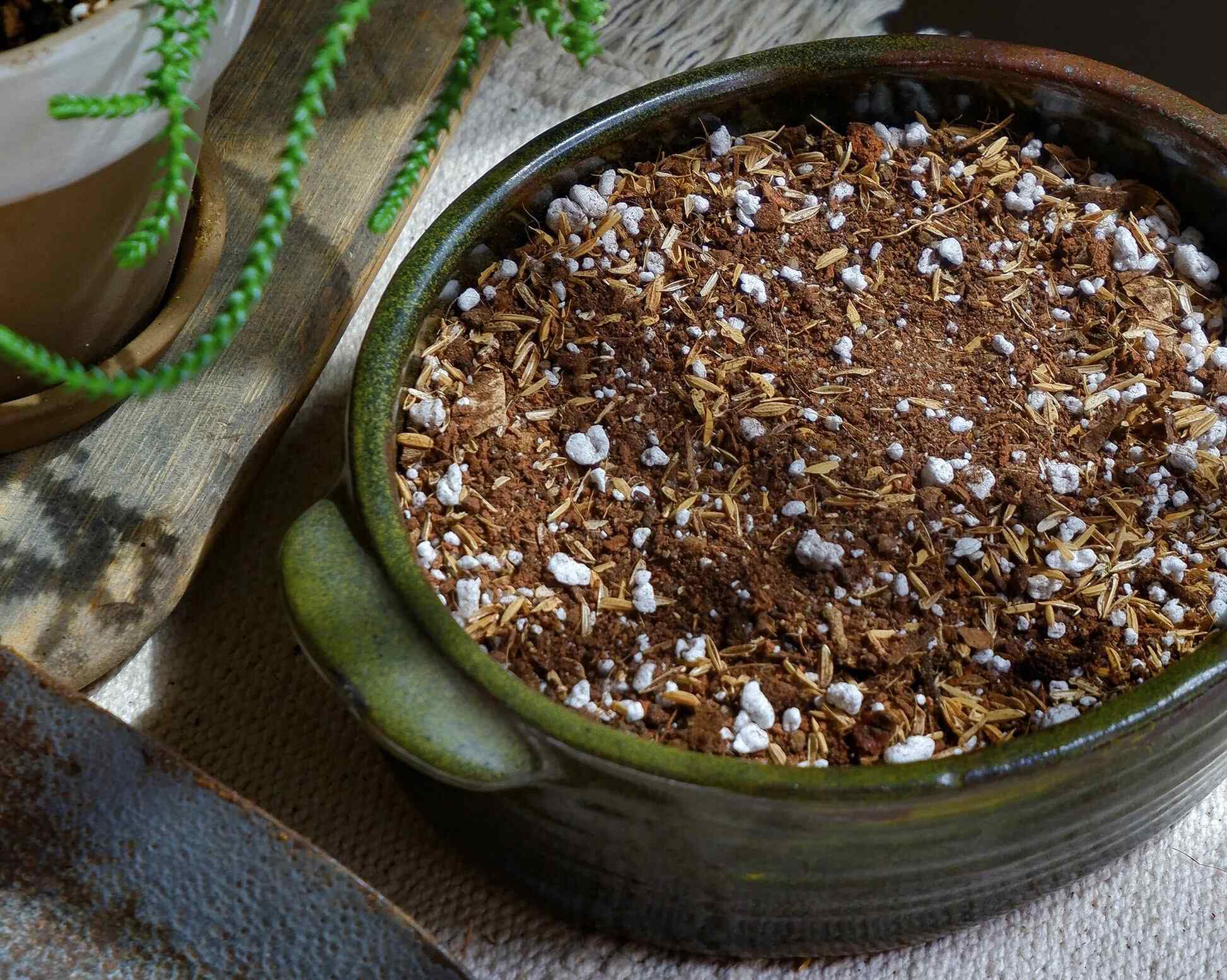
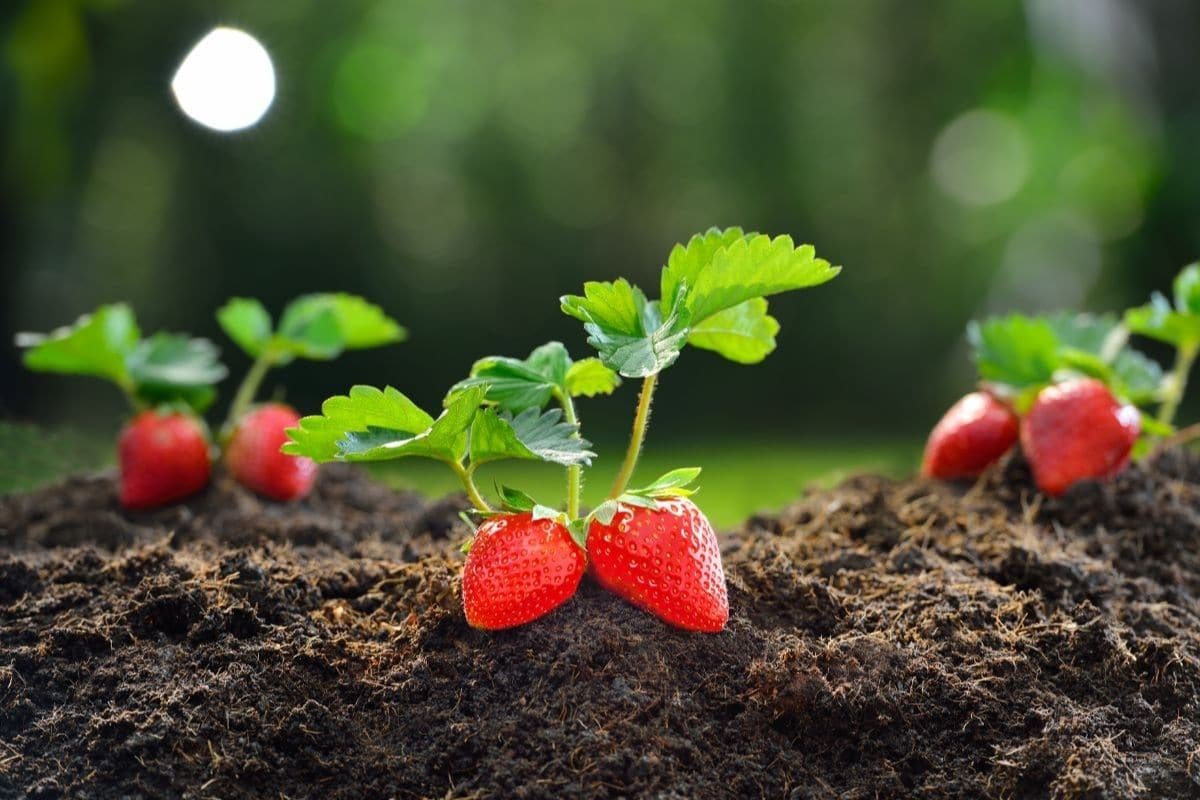
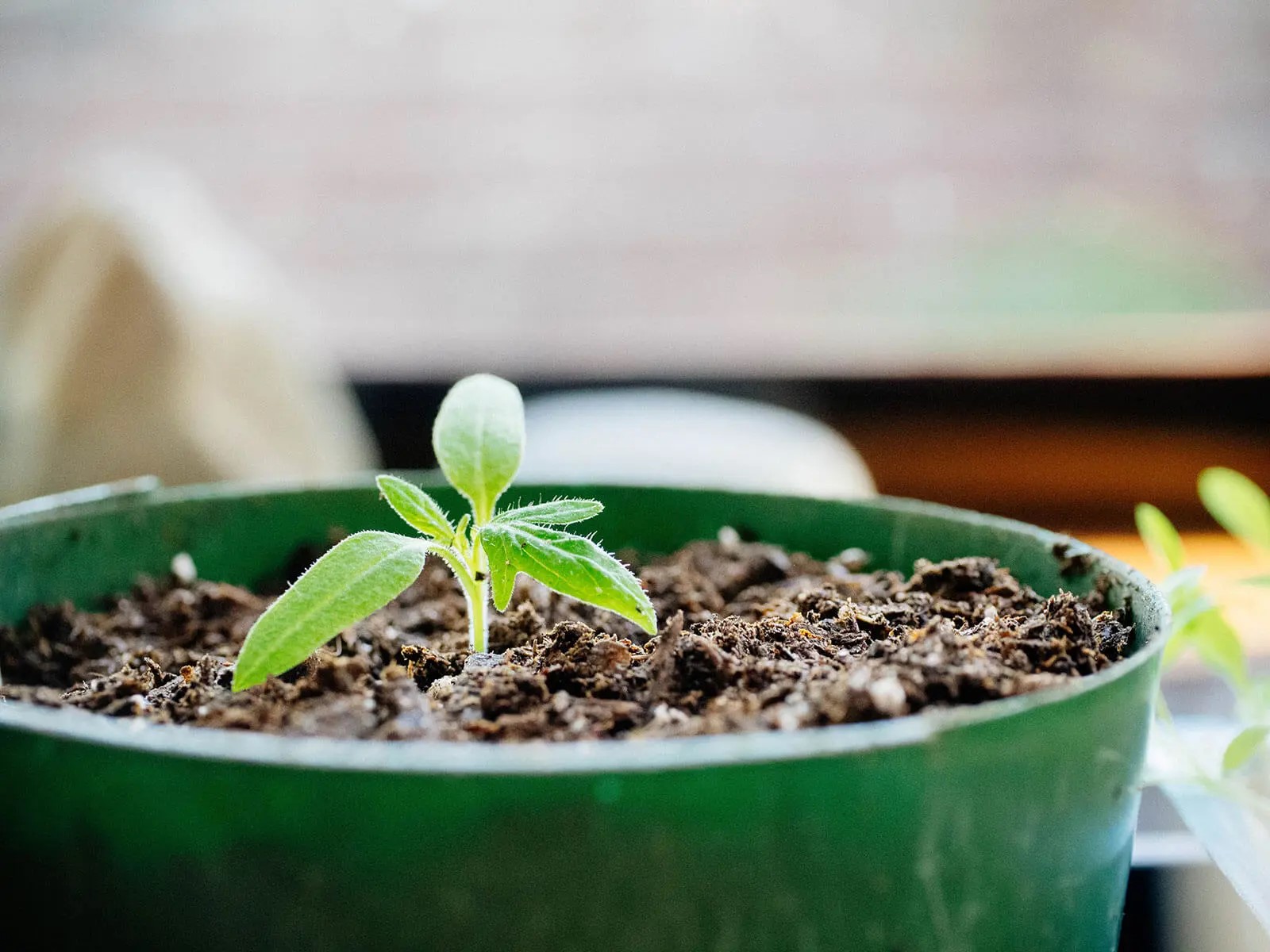
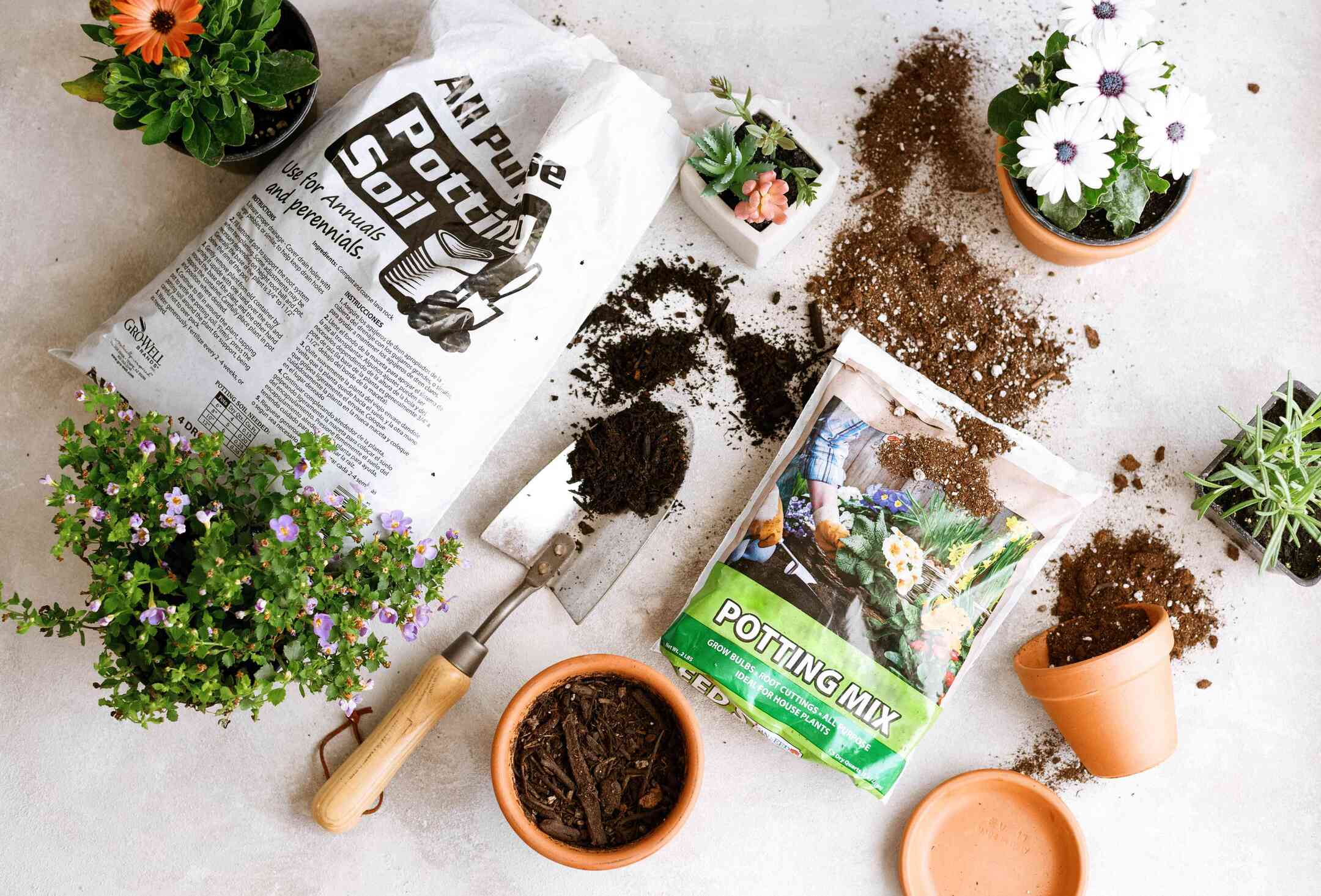
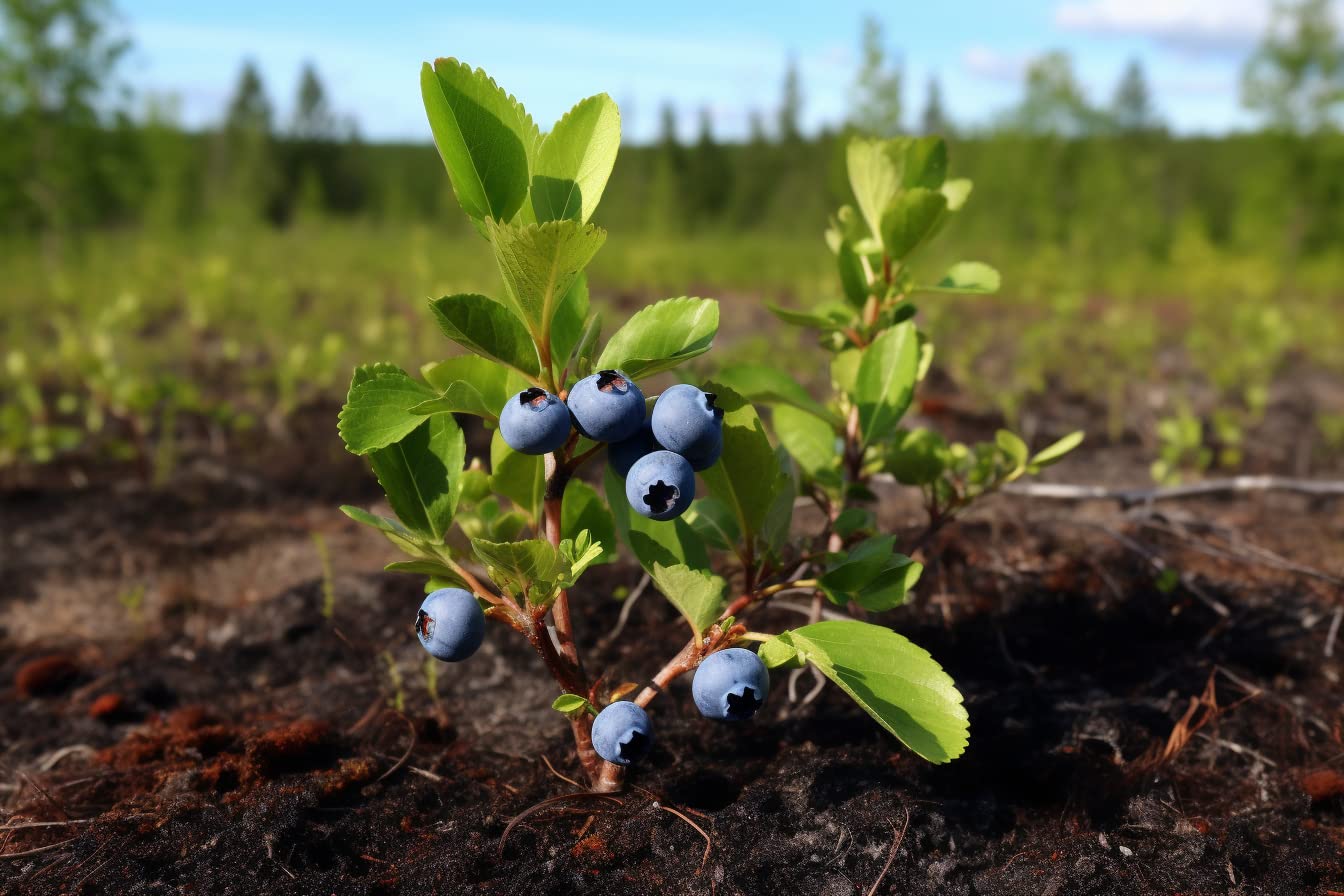

0 thoughts on “What Is A Good Soil Mix For Herbs”